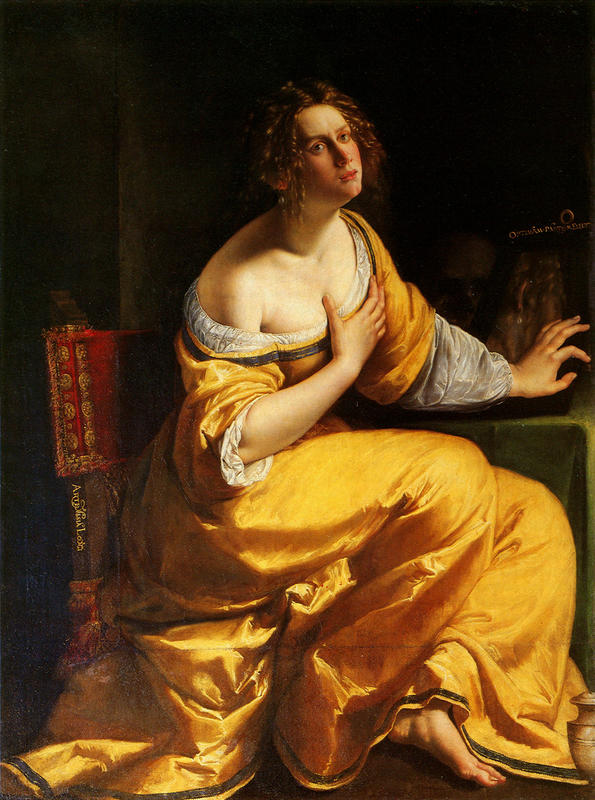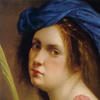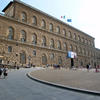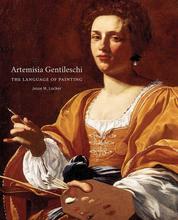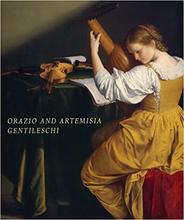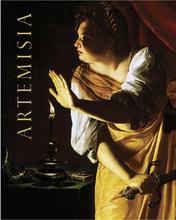More about St. Mary Magdalen
- All
- Info
- Shop

Contributor
Everyone loves an underdog story, especially when that underdog is Mary Magdalene.
Nothing says disadvantage like being possessed by seven demons and categorized as a sinner. Someone even started a rumor that she was a prostitute, even though there is like, no evidence of that in any religious text. This was obviously just a patriarchal ploy to make sure that women couldn’t hold any positions of power in the Christian Church, but it doesn’t mean that people don’t believe it and think less of her because of it. But not us. We believe Mary Magdalene is the fiercest lady of faith there ever was, whose spirit represents a deep history of badassery among womankind. Also, there is a theory that after Jesus rose from the dead, he married Mary Magdalene and they had a baby together. But that theory is pushed deep underground for fear of a female uprising.
So knowing all of this, it’s easy to see why Artemisia Gentileschi decided to paint her instead of all the other Marys from the Bible that she could have picked. Artemisia doesn’t exactly put the gentle in Gentileschi. She just really hated men and loved any women who pushed any sort of gender boundary. “Mary Magdalene's inner turmoil is also a reflection of the painter’s own difficult life, who only a few years previously had been raped and endured the shame of a trial.” Gentileschi depicts how difficult the path away from vanity and sin is by painting Mary Magdalene as she pushes a mirror with the inscription, “Optimam partem elegit" (“you have chosen the best part”) away from her.” Both Mary Magdalene and Artemisia Gentileschi went down in history as symbols of strength, bravery, and dedication to their morality in the face of sexism. In short, they are girl power incarnate.
Sources
- Carroll, James. "Who Was Mary Magdalene?." Smithsonian. N.p., 2006. Web. 2 Feb. 2018.
- "S. M. Magdalen | Artworks | Uffizi Galleries." Uffizi.it. Web. 2 Feb. 2018.
- The Secrets Of Mary Magdalene. Forever And A Day LLC, 2015. video.
Featured Content
Here is what Wikipedia says about Mary Magdalene (Artemisia Gentileschi)
Penitent Magdalene is a 1616–1618 painting by the Italian baroque artist Artemisia Gentileschi. This painting hangs in the Pitti Palace in Florence. The subject is the biblical figure Mary Magdalene, but the painting references another biblical woman, Mary, the sister of Lazarus. This painting was likely painted during Gentileschi's Florentine period.
Check out the full Wikipedia article about Mary Magdalene (Artemisia Gentileschi)

